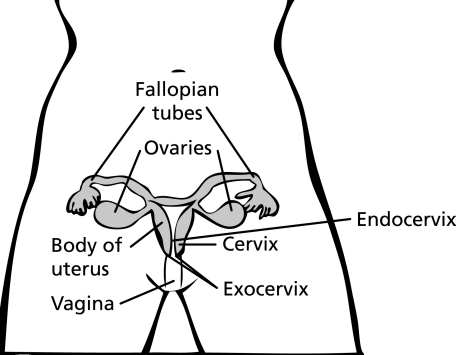
ACCORDING to the International Classification of Headache Disorders (created by the International Headache Society), a gold standard for describing headaches, there are 14 major groups of headaches which are divided into primary headaches, secondary headaches, and cranial neuralgias, primary facial pain and other headaches.
Primary headaches
Primary headaches are those not caused by underlying health problems and form the most common types of headaches experienced. they are:
> Migraine ? characterised by moderate to severe pain. about 60% of migraineurs experience pain on one side of the head, while the rest, both sides. a migraine in an adult can last from four to 72 hours, but frequency varies in different people. during a migraine, other symptoms like nausea and sensitivity to light and sound may arise.
> Tension-type headache ? the most common form of primary headache usually associated with a dull pain, tightness, or pressure in the forehead and scalp or at the back of the neck. a single attack can last from 30 minutes to a whole week.
> Cluster headache and other trigeminal autonomic cephalalgias (TACs) ? characterised by severe, penetrating pain in and around one eye or on one side of the head. a series of these headaches occurs in clusters of attacks, giving rise to its name. the pain usually increases within five to 10 minutes to a peak that may last from 15 minutes to three hours.
> Other primary headaches ? mainly short-lasting headaches with characteristic signs and symptoms. Examples include headaches caused by coughing or sneezing, or prolonged exercise.
Secondary headaches
A secondary headache is one that is a symptom of another disease or condition:
> Headache attributed to head and neck trauma.
> Headache attributed to cranial or cervical vascular disorder.
> Headache attributed to non-vascular intracranial disorder.
> Headache attributed to a substance or its withdrawal ? this includes medication-overuse headache.
> Headache attributed to infection.
> Headache attributed to disorders of homeostasis (certain processes keep physiological conditions relatively stable, or in a state of homeostasis. Disorders that disrupt these processes are known to cause headaches. they include problems with the thyroid gland and oxygen deficiency in high altitudes).
> Headache or facial pain attributed to disorder of cranium, neck, eyes, ears, nose, sinuses, teeth, mouth or other facial or cranial structures.
> Headache attributed to psychiatric disorder.
Other headaches
(Neuralgia is severe pain caused by damaged nerves.)
> Cranial neuralgias and central causes of facial pain.
> other headaches, cranial neuralgia, and central or primary facial pain.
> Source: WHO and ?Mayo Clinic On Headache?
Related Stories: Real, persistent pain of headaches Alternative treatment for headache